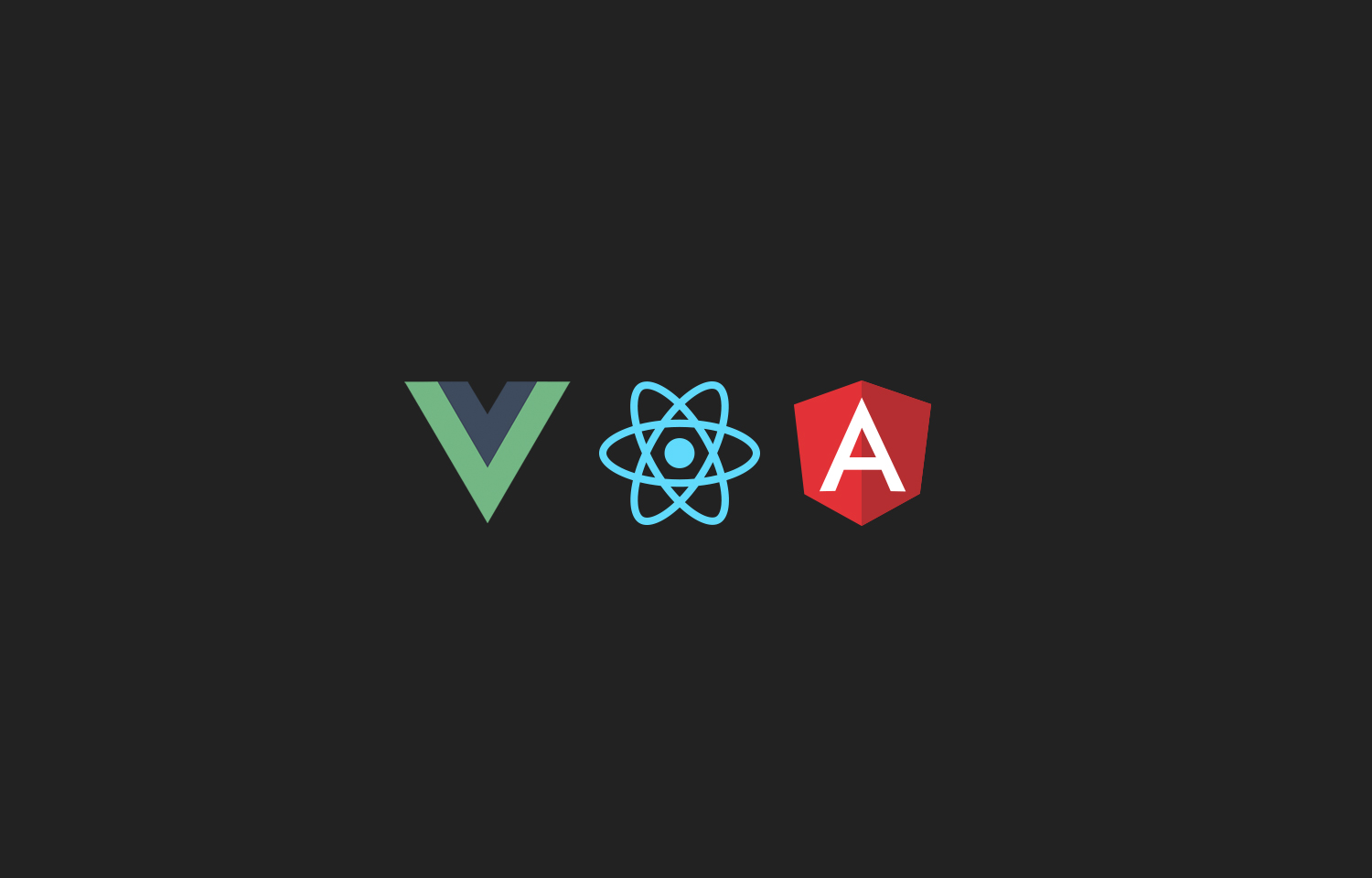
Decoding JavaScript Frameworks: A Comparative Look at React, Vue, and Angular
For years, JavaScript has been the bedrock of web development. It underpins nearly every modern website and application you interact with daily. As it’s evolved, several JavaScript frameworks have emerged, with three – React, Vue, and Angular – leading the pack. This article aims to demystify these frameworks and provide insight to help you choose the right one for your projects.
React
React, developed by Facebook in 2013, is a library for building interactive user interfaces. Though not a full-fledged framework, its capabilities and flexibility often lead to its classification as such. It uses a component-based structure, making it easy to reuse and manage parts of your app, ultimately improving the development experience.
React’s key strengths include:
Virtual DOM: This is a lightweight copy of the actual DOM, where changes are initially made before being reflected on the actual DOM. It optimises rendering and improves app performance.
JSX: A syntax extension for JavaScript that allows you to write HTML in your React code. This makes the code more readable and easier to write.
Strong Community and Ecosystem: Owing to its age and adoption by major tech giants, React boasts a vast community and ecosystem. You can find a package or library for almost anything you want to do.
Vue
Evan You, a former Google engineer, developed Vue in 2014. It’s known for its simplicity and learning curve, making it a good choice for developers new to the JavaScript ecosystem. Vue, like React, uses a virtual DOM and encourages a component-based approach.
Vue’s key strengths include the following:
Ease of Use: Developers often find Vue’s syntax and project setup more straightforward than React or Angular. Vue offers a blend of traditional web technologies and advanced JavaScript functionalities.
Detailed Documentation: Vue’s documentation is clear, comprehensive, and well-structured, making it easier for developers to find what they need.
Flexibility: Vue is progressive, meaning you can gradually adopt its features as needed or entirely use it for a project.
Angular
Angular, spearheaded by Google, is a full-fledged JavaScript framework. Initially released in 2010 as AngularJS, the framework was rewritten entirely and rebranded to Angular in 2016. Angular employs TypeScript (a statically-typed super-set of JavaScript), which can be a hurdle for some developers. However, TypeScript offers advantages like better tooling, autocompletion, and advanced refactoring capabilities.
Angular’s key strengths include:
Two-way Data Binding: Changes in the model are automatically reflected in the view and vice versa. This saves developers a significant amount of boilerplate code.
Dependency Injection: This feature makes the application easier to develop, understand, and test.
Integrated Tools: Angular comes with tools like the Angular CLI, making it easier to start projects and generate components, services, modules, and more.
Which one should you choose?
The answer to this question depends largely on your project’s requirements, team skillset, and personal preference. Vue might be your go-to if you’re looking for simplicity and a quick start. Angular would be a good choice if you’re building a large-scale application and prefer robust tooling and strict typing. React could be a perfect choice if you want high flexibility, a strong community, and don’t mind the slightly steeper learning curve.
Remember that all these frameworks can build fantastic applications when used correctly. It’s crucial to understand your needs and weigh them against each framework’s strengths and weaknesses. Ultimately, the right tool is the one that gets the job done effectively, efficiently, and elegantly.

Article by Dave
Related posts
Empowering Teams Through Learning
Think about the last time you picked up a new skill. Were you amazing at it right away? Or did you m
Generative and Retrieval AI: A Modern-Day Librarian’s Tale
In recent months, the media has been somewhat obsessed with artificial intelligence (AI) and its tra
Why a Custom WordPress Theme is the Best Choice for Your Business
With many pre-made themes available, the question arises: Do you need a custom WordPress theme for y



